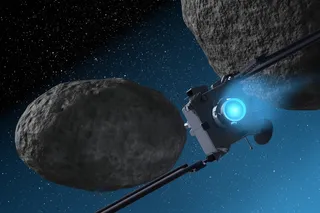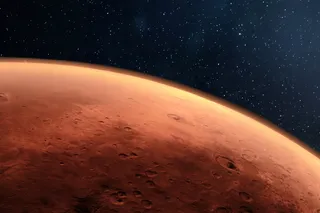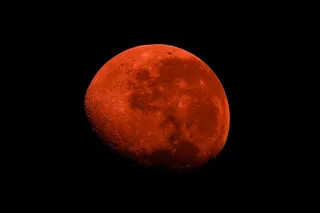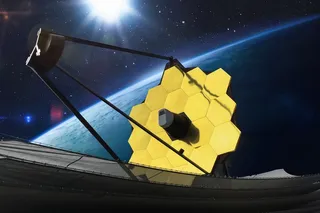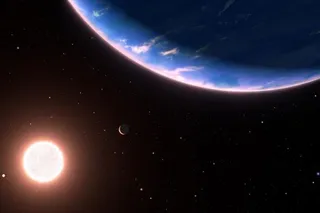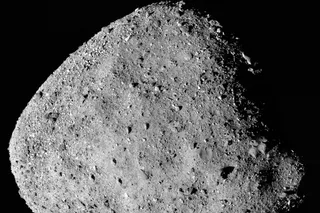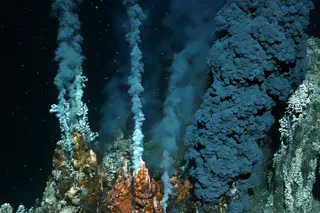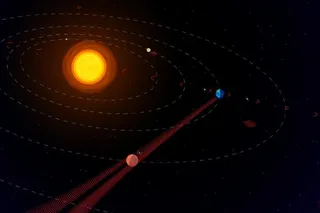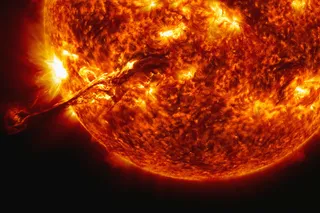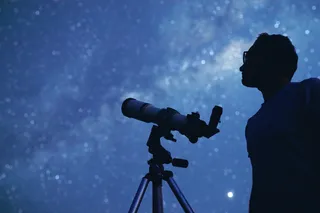While people throughout the U.S. were enjoying a holiday weekend, NASA scientists were battling an eleventh-hour glitch in the New Horizons mission. The spacecraft, now nine years into its journey, is just days from giving mankind its closest look at Pluto ever. But on July 4, NASA scientists lost contact with the spacecraft for over an hour, due to a timing glitch that overloaded the spacecraft's computer systems. The mission team, working around the clock, has since restored communications and says the July 14 flyby hasn't been endangered by the glitch. New Horizons is expected to begin gathering data once again when its approach sequence begins tomorrow.
When New Horizons' autopilot detected the glitch, it placed the spacecraft in safe mode, switching controls over to the backup computer. Then, it sent a distress signal of sorts, as well as data to help engineers fix the problem. Engineers immediately stepped into ...


